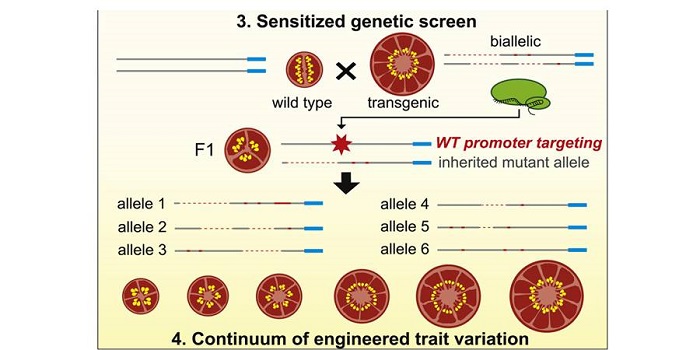
Engineering quantitative trait variation for crop improvement by genome editing ($)
Blog, Plant Science Research Weekly, Research, Research BlogVariation is the engine of evolution, and plant breeders and geneticists have long relied on induced variation to create a population from which to select. Rodríguez-Leal et al. used CRISPR/Cas9 mutagenesis to selectively introduce variability into the promoter regions of three genes involved in tomato…
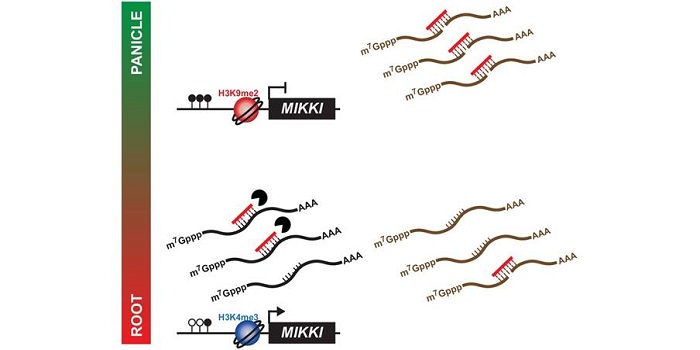
Regulation of rice root development by a retrotransposon acting as a microRNA sponge
Blog, Plant Science Research Weekly, Research, Research BlogTransposable elements (TEs) compose a considerable portion of most plant genomes, and mounting evidence shows various roles of TEs in the regulation of gene expression. Some TE transcripts have been hypothesized to work as “sponges” to help fine-tune the levels of miRNAs through complementary binding.…
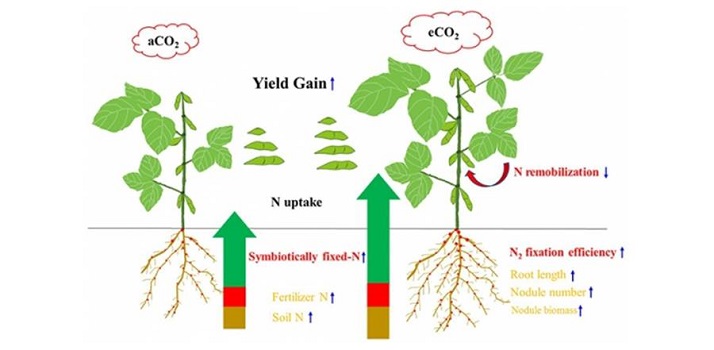
Elevated CO2 increases N2 fixation and contributes to various yield responses of soybean
Blog, Plant Science Research Weekly, Research, Research BlogClimate change is certain to affect our ability to produce food crops and feed a growing global population in the twenty-first century. Free-air CO2 enrichment (FACE) experiments have shown that elevated CO2 (eCO2) levels, a major driver of climate change, have a consistently positive effect on the…
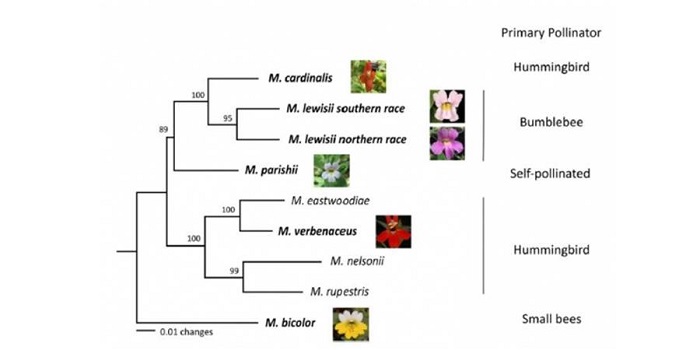
Less is more: Gene loss in flower pollination evolution ($)
Blog, Plant Science Research Weekly, Research, Research BlogThe evolution of flowers solved one of the largest obstacles of plant reproduction, finding a compatible mate. Since plants are sedentary, they are unable to search for a compatible mate like other organisms. Instead they use pollinators to do the searching for them. Flowers use scent and color to attract…
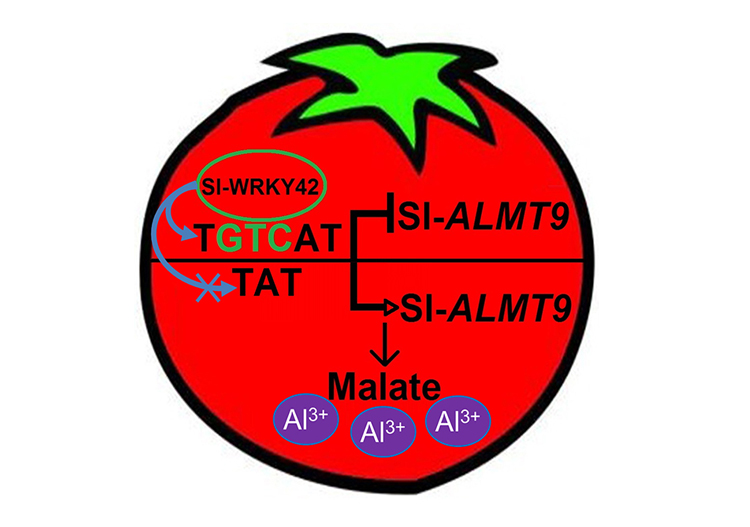
Tiny Mutation Linked to Tastier Tomatoes
Research, The Plant Cell, The Plant Cell: In a NutshellYe et al. discover a gene affecting tomato flavor. The Plant Cell 2017. https://doi.org/10.1105/tpc.17.00211
By Jie Ye
Malate—a widely occurring organic acid in plants—is an important contributor to taste. Variation in acid content has a much greater impact on flavor than does the limited…
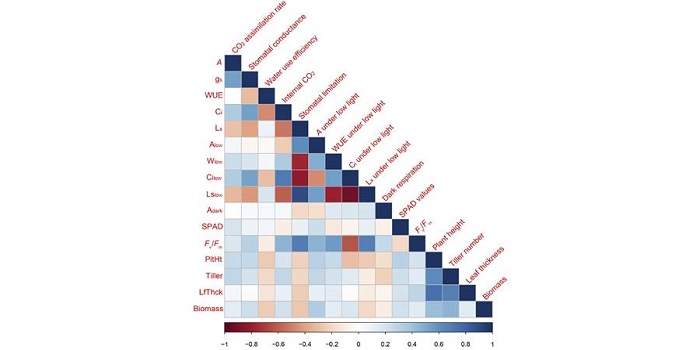
Natural variation of photosynthetic traits for enhanced yield in rice
Blog, Plant Science Research Weekly, Research, Research BlogNatural variation in photosynthetic traits can be exploited for new targets for breeding or genetic engineering of crops. In an effort to identify traits which can lead to enhanced biomass production and therefore yield potential in rice, Qu et al. conducted a comprehensive survey of 14 photosynthetic…
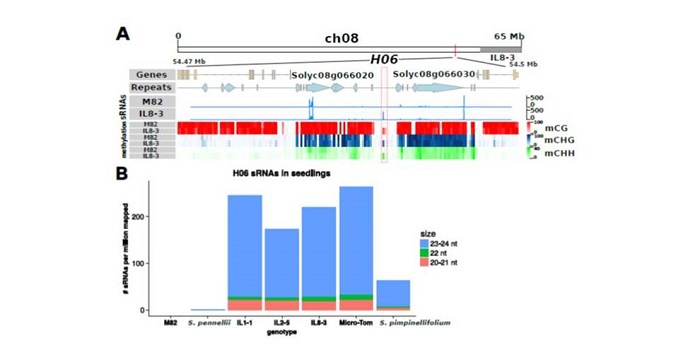
Frequent paramutation-like features of natural epialleles in tomato
Blog, Plant Science Research Weekly, Research, Research BlogParamutation is a natural epigenetic process that occurs in plants and animals that is associated with methylation-mediated gene silencing. The curious thing about a paramutated allele is than it can transfer its silenced state to its homologous and active allele. This freshly paramutated allele then…

Opinion: Beyond editing to writing large genomes ($)
Blog, Plant Science Research Weekly, Research, Research BlogThis is an era of rapid acceleration of our ability to both read and write genomes. Chari and Church point to a future in which making a small number of changes in a genome (editing) is supplanted by making hundreds or thousands or more of changes, essentially whole-genome editing. Basically, the authors…

The chickpea Early Flowering 1 (Efl1) locus is an ortholog of Arabidopsis ELF3 ($)
Blog, Plant Science Research Weekly, Research, Research BlogChickpea is a highly cultivated member of the legume family, mostly in India, Australia, Pakistan, Turkey, Burma, Iran, Canada and the US. The detrimental threat for chickpea is the invasion of Ascochyta blight, which is caused by the fungal pathogen Ascochyta rabiei (formerly known as Phoma rabiei). The…

